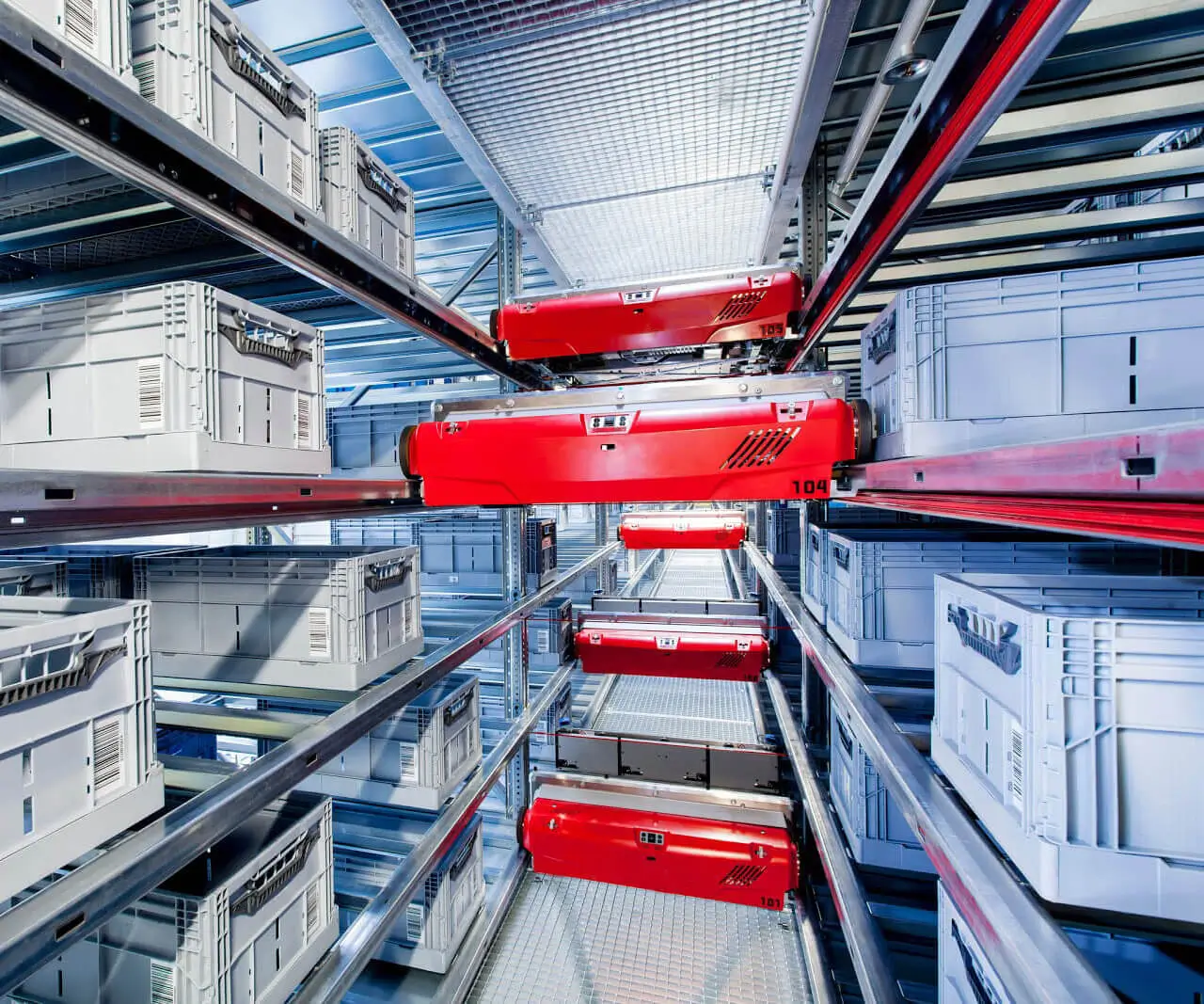Imagine a world where machines dance in perfect harmony, seamlessly executing complex tasks with precision and finesse. This dance is powered by an unsung hero of automation and robotics—the servo motor. These tiny yet mighty devices are the backbone of everything from robotic arms in manufacturing to camera autofocus systems and even remote-controlled cars.

But not all servo motors are created equal. They come in different types, each tailored to specific applications, offering unique combinations of power, speed, size, and control capabilities. To truly appreciate the marvel of modern automation, understanding these varieties is essential.
What is a servo motor? At its core, a servo motor is a rotary or linear actuator that allows for precise control of angular or linear position, velocity, and acceleration. Unlike simple motors that just spin, servo motors can be fine-tuned to stop exactly where they need to be, which makes them indispensable in tasks demanding high accuracy.
Key Characteristics of Servo Motors
Precision: Capable of exact positioning. Feedback System: Usually equipped with sensors (like encoders or resolvers) that inform the controller about the current position or speed. Closed-Loop Control: Operates on feedback, enabling correction and refinement during operation.
This combination of attributes enables servo motors to excel in tasks requiring meticulous control, making them the preferred choice across many sectors.
Classification of Servo Motors: Broadly, servo motors are classified into two main categories based on their power source and control mechanism: AC servo motors and DC servo motors. Within these categories, further distinctions are made, leading us into a diverse landscape of options.
AC vs. DC Servo Motors
AC Servo Motors: These operate on alternating current, often featuring complex control systems that allow for high speed and torque characteristics. They are usually more robust and require less maintenance. DC Servo Motors: Powered by direct current, these are simpler to control and widely used in smaller or portable applications. They offer excellent speed control and are known for their responsiveness.
But to delve deeper, let's explore the specific types falling under these broad categories.
Part 1 Spotlight: Core Types of Servo Motors in Use
1. Brushed DC Servo Motors
The traditional workhorse in many servo applications, brushed DC motors are familiar and straightforward. They consist of brushes and a commutator that manage current flow within the motor windings, enabling rotation. Their simplicity makes them easy to control and cost-effective.
Advantages:
Cost-effective Easy to control with simple circuits Suitable for moderate precision tasks
Challenges:
Wear and tear on brushes Limited lifespan due to mechanical contact Requires maintenance for brush replacement
These motors often pair with potentiometers to provide position feedback, making them suitable for educational projects and basic automation.
2. Brushless DC (BLDC) Servo Motors
As technology advanced, brushless DC motors gained popularity. They eliminate brushes, relying instead on electronic commutation controlled by sensors or sensorless algorithms. This design results in higher durability, efficiency, and quieter operation.
Advantages:
Longer lifespan due to no brushes or commutator wear Higher efficiency and torque-to-weight ratio Less maintenance
Applications:
Drones, electric bikes, precision robotics, and industrial automation
Control Complexity: Requires more sophisticated electronic controllers but offers smoother and more accurate control.
3. AC Servo Motors
These motors are typically used in industrial settings requiring high power and performance. They operate on three-phase AC supply and are often integrated with sophisticated drive systems.
Features:
High torque at varying speeds Excellent dynamic response Capable of complex motion profiles
Types within AC Servo Motors:
Synchronous AC Servo Motors: Maintain precise position and speed control, synchronized with the power supply frequency. Asynchronous (Induction) AC Servo Motors: Less common in servo applications due to lower precision, but used in some specific scenarios.
4. Coreless and Slotless Servo Motors
For applications where minimal inertia and high responsiveness are essential—like in advanced robotics or aerospace—coreless and slotless servo motors are ideal.
Characteristic Features:
Coreless: No iron core, reducing inertia and increasing responsiveness. Slotless: No slots in the stator, leading to reduced cogging torque and smoother operation.
Their rapid response makes them perfect for precision tasks that demand high acceleration and quick movements.
5. Geared Servo Motors
Many servo motors are equipped with gearboxes to amplify torque or modify speed. These geared servo motors are prevalent in robotics and automation where high torque at low speeds is necessary.
Types of Gearboxes:
Spur gears Planetary gears Worm gears
The gear ratio affects the accuracy and response time, adding another dimension to servo motor customization.
In our next installment, we'll explore the latest innovations in servo motor technology, their practical applications across industries, and how to choose the right servo motor for your project.
Established in 2005, Kpower has been dedicated to a professional compact motion unit manufacturer, headquartered in Dongguan, Guangdong Province, China.




































